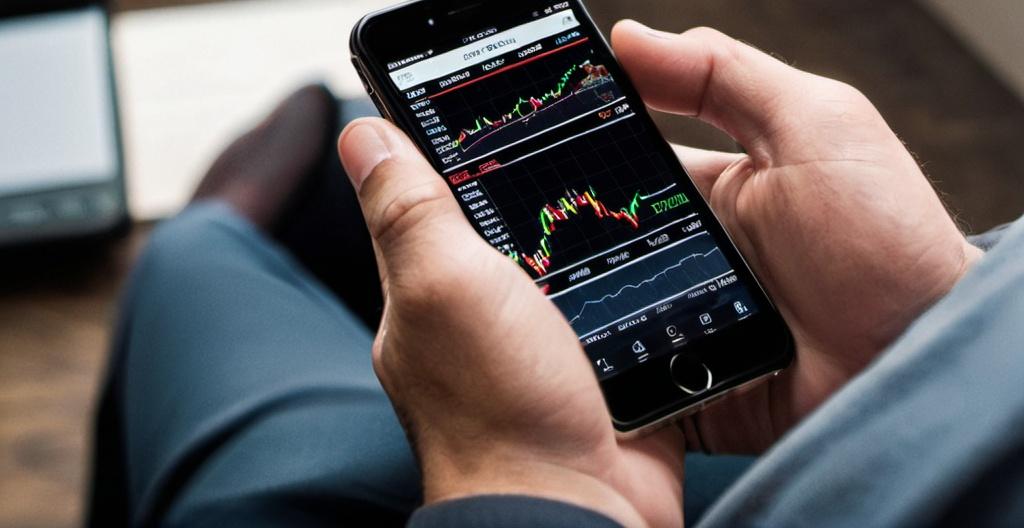The modern Silk Road, officially known as China’s Belt and Road Initiative (BRI), is a global infrastructure strategy launched in 2013. Its aim is to improve trade connectivity across Asia, Europe, Africa, and beyond through investment in roads, railways, ports, and energy corridors. It’s a geopolitical and economic initiative that spans over 140 countries and has reshaped trade routes, debt dynamics, and commodity flows in much of the developing world.
The project draws historical inspiration from the ancient Silk Road trade routes, which linked East and West centuries ago through a network of land and sea paths. Today’s version is more expansive, relying on logistics networks, special economic zones, and long-term trade agreements to integrate emerging markets with Chinese capital and commerce.

How the Silk Road Impacts Markets
From a trading perspective, the Silk Road is not a historical footnote—it’s an ongoing source of volatility, opportunity, and speculation. The construction of pipelines, highways, ports, and energy grids across countries like Pakistan, Kenya, and Kazakhstan often leads to temporary spikes in investor sentiment, currency fluctuations, and commodity price moves.
Announcements about new BRI deals or disputes over debt servicing frequently affect local bond markets, sovereign ratings, and the exchange rates of involved countries. Infrastructure projects tied to BRI funding may inflate GDP projections or invite speculation on related equities and commodities—such as copper, steel, or energy contracts.
Short-Term Trading Opportunities
Many of these events happen fast. A signed deal in East Africa or a canceled project in Southeast Asia can move markets within minutes. Traders who follow geopolitical developments tied to the Silk Road often look to profit from short-term movements in forex pairs like USD/CNH, EUR/TRY, or local currencies such as the Kazakh tenge or Pakistani rupee.
In this context, short-duration trading strategies—particularly binary options—can provide a mechanism for taking positions on expected price moves without committing to multi-day exposure.
Currency and Commodity Volatility
Emerging market currencies are notoriously sensitive to capital flows, especially when foreign direct investment (FDI) increases or slows. As Silk Road-related funding moves in and out of local economies, currencies fluctuate—sometimes in response to a single infrastructure announcement or political development.
Commodities used in BRI projects (iron ore, steel, oil, cement) also become more volatile. Traders watch these materials not just for long-term value but for short-term positioning when project demand surges or contracts fall through.
Risk, Sentiment, and Political Exposure
Speculating on Silk Road developments involves understanding more than charts. Many moves are tied to sentiment, debt diplomacy, or shifting alliances between China and its partner countries. A loan default in Africa or a military shift in Central Asia may send signals about the stability of BRI projects and their host economies.
Traders using binary options may view these events as catalysts—single events that create price movement windows. These moments, when timed right, can be exploited through put or call contracts tied to underlying currencies or indices.
The Role of Binary Options in This Context
Binary options are not a long-term investment tool. They’re designed for yes-or-no market outcomes over defined durations. In the Silk Road context, they’re used to speculate on fast-moving developments—such as whether the Chinese yuan will strengthen following a successful port project announcement or whether commodity prices will drop after a loan delay in a partner country.
This form of speculation appeals to those who want exposure to emerging markets without direct holdings or complex leverage setups. Reviews and guidance for selecting suitable platforms to trade these events can be found at binaryoptions.net, which covers brokers, tools, and strategies tailored to short-term trading environments.
Conclusion
The New Silk Road isn’t just an infrastructure campaign—it’s a live, moving market trigger. From geopolitical headlines to construction contracts, the Belt and Road Initiative continues to create bursts of volatility across emerging markets. For traders who understand the geopolitical undercurrent and know how to time short-term events, binary options provide a streamlined way to take tactical positions on these movements—without overexposure.